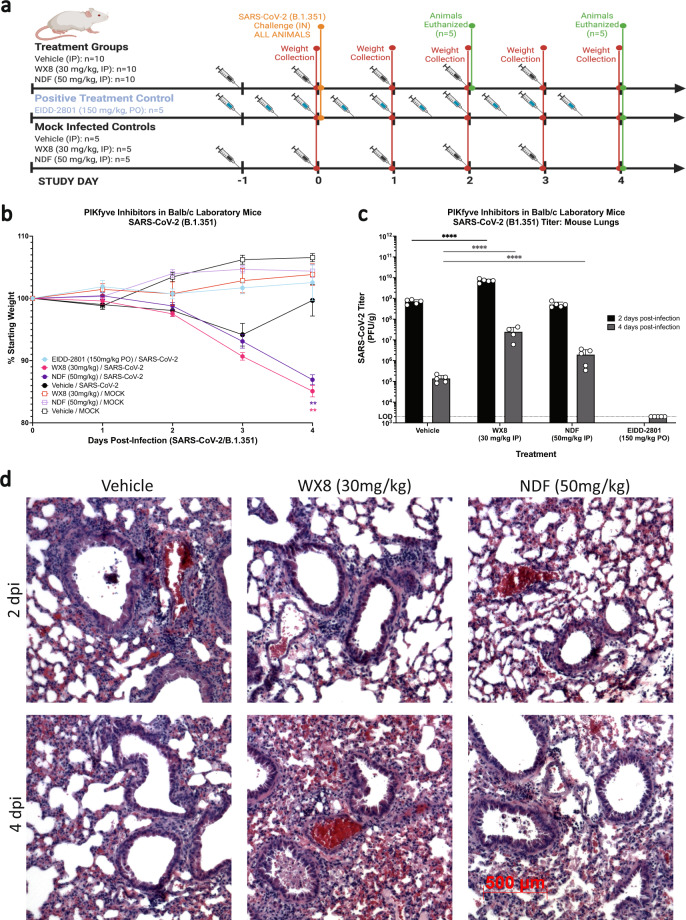Fig. 2. Pre-exposure prophylactic efficacy of PIKfyve inhibitor treatment against SARS-CoV-2 infection in mice.
a Groups of mice were treated intraperitoneally with PIKfyve inhibitors WX8 or NDF once daily beginning 1 day pre-intranasal-challenge with 1 × 105 plaque forming units SARS-CoV-2 (B.1.351). EIDD-2801 dosed twice a day was used as a positive treatment control and uninfected treatment controls were included to assess cytotoxicity. Image created using BioRender. b Weight changes were determined for 4 days post-challenge, plotted as the group mean with error bars indicating the ±SD. c Infectious viral loads from lung homogenates at 2 (black) or 4 (gray) days post SARS-CoV-2 challenge. d Lungs were collected at 2- or 4-days post-challenge and stained with hematoxylin and eosin to assess bronchiolar and alveolar damage and immune cell infiltration (500-μm scale bar shown at bottom left, representative for all panels). Mixed-effects analysis was used to compare differences in weight change or viral loads from lung homogenates between infection treatment groups and the vehicle-treated control group; **p ≤ 0.01, ****p ≤ 0.0001. dpi, days post-infection; PO, oral dosing; IP, intraperitoneal; IN, intranasal.

